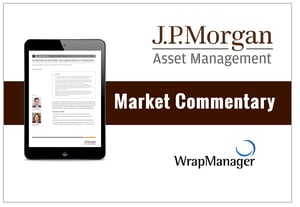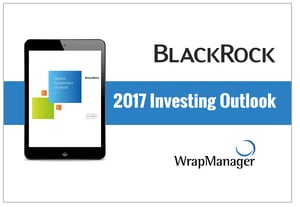In 1998 the US Treasury introduced Series I Savings Bonds (“I Bonds”) which are savings bonds for individual investors with interest rates linked to inflation. With inflation rates soaring, investors may be looking for options to help protect their portfolio against the ravages of inflation. Here is a quick primer on one compelling option in the fight against inflation: I Bonds.
- How do I Bonds Work?
I Bonds are bonds issued by the U.S Treasury that earn interest based on a fixed rate and a variable rate that is adjusted twice a year based on changes in the Consumer Price Index for all Urban Consumers (or CPI-U).1
Current inflation is exceptionally high, so any I Bonds issued between now and October 2022 will earn interest at a 9.62% annual rate for six months.2 Interest is compounded semi-annually and added to the principal value of the bond. For example, if you bought $10,000 worth of I Bonds as of the date of this publication, you’d earn 4.81% (9.62% annual rate divided by 2) over the next six months and your I Bonds would then be worth $10,481 after six months.
The variable rate component of your I Bonds will then adjust to the new rate that will be announced in October. The variable rate on your I Bonds will also adjust every 6 months after that based on the inflation rate at the time.
The bonds will earn interest for the next 30 years or until you cash them out, whichever comes first.
You are not permitted to cash out your I Bonds within 1 year of purchasing them. Also, if you cash them out before holding them for 5 years, you will forfeit the last three months of interest.3
- How do I Buy I Bonds?
I Bonds can only be purchased through the Treasury Direct website. They may not be purchased in or moved to a brokerage account, a 401(k), an Individual Retirement Account (IRA), a Roth IRA, etc.
You can’t buy more than $10,000 worth of I Bonds electronically per person in a given calendar year.4
To purchase I Bonds electronically, you’ll need to set up an account on TreasuryDirect.gov and follow the instructions on the site to purchase your I Bonds.
[+] Read Moremarket perspective stock market performance Inflation Market Volatility











